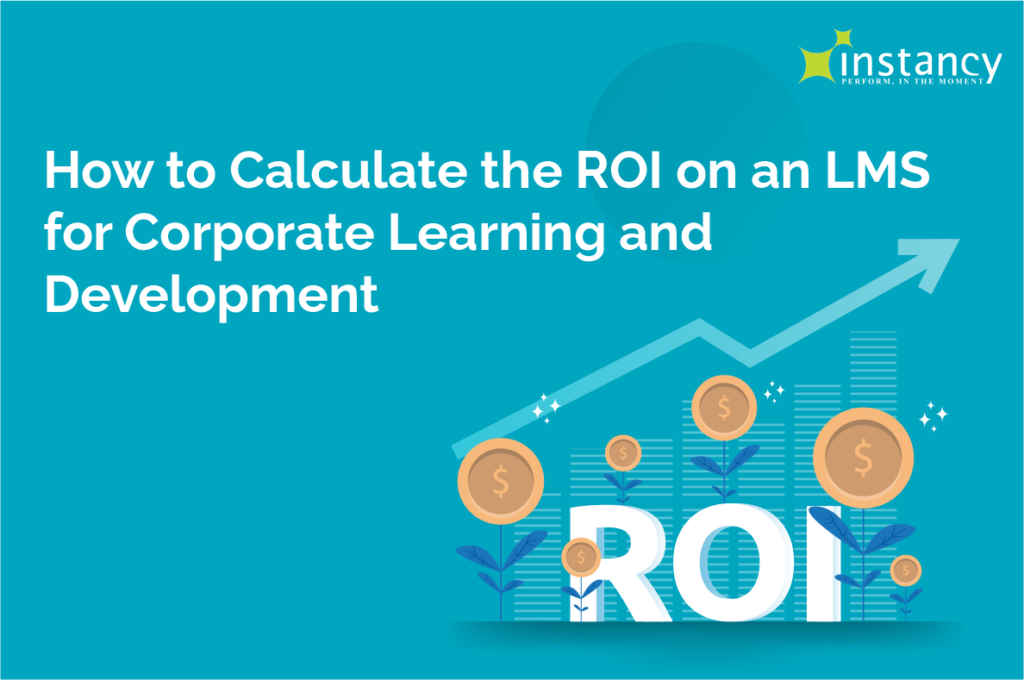The Importance of Corporate Learning and Development
Why is corporate learning and development so important? The answer is simple: Corporate learning and development (L&D) is a strategic and essential part of increasing the productivity of your people and preparing your company’s workforce for the future. It’s more than just learning and development programs—it reflects the organization’s ability to innovate, adapt, and grow.

The best corporate learning and development programs offer employees the opportunity to acquire new skills and knowledge, produce new ideas and strategies, and find new areas of interest. Corporate learning and development programs also have the potential to improve employee engagement, reduce turnover, and enhance employee productivity. As a result, corporate L&D programs can have a significant impact on a company’s bottom line.
The most effective corporate learning and development programs focus on your organization’s unique talent needs, culture, and goals. That’s why so many experts in the corporate learning and development field agree that an LMS is the best tool for delivering corporate learning to employees.
Learning Management System in Corporate Learning Development
Learning management systems (LMS) are designed to make it easier to manage your training programs’ costs and measure their effectiveness. A learning management system is a software platform that automates a lot of the manual tasks you do when it comes to running training programs. It can manage the creation, delivery, and tracking of training programs, from online courses and tutorials to video courses, assessments, and more. It helps you easily create, edit and update content and manage the user experience throughout the process. It offers a curated learning pathway that helps close knowledge gaps that lead to measurable outcomes.

By automating the tasks associated with delivering training, an LMS allows you to focus on your business goals and training needs instead of worrying about logistics. Features designed to streamline the training process can also save you money.
Training and talent development teams use an LMS to store, organize, and distribute courses to their employees. The LMS interface allows for submitting feedback, monitoring employee progress, viewing analytics, and recalibrating the learning programs for maximum impact. LMSs are specifically designed to support the full range of corporate learning and development needs and integrate with other critical corporate systems, such as HR and payroll. A corporate LMS helps onboard new employees; it offers them the requisite knowledge and skills required to perform their job roles and advance faster in their careers. Employees can take the training at their own pace, whenever, and wherever convenient A learning platform allows for training the staff from different locations at no additional cost.
Besides this, companies with LMSs have seen a tangible return on investment (ROI) on every dollar invested. A curated and customized LMS allows you to maximize the ROI for your specific company culture and objectives, ensuring that it aligns with your business model and will improve program results and ROI overall.
Increased productivity and worker engagement are established by providing employees with a digital space to share knowledge, thereby keeping the process collaborative and aligned with the company objectives. It ensures compliance with government regulations and industry best practices while staying on top of compliance reporting. It targets Information Technology job candidates with relevant technical training and certification programs
You can’t just decide to implement an LMS and hope it will pay for itself. Before implementing an LMS, you need to determine how much it will cost and how it will be funded. If a complete package of LMS functionality is purchased, the cost can be substantial, but it’s essential to recognize that the cost of not implementing an LMS comes at a much higher price. If you are wondering how much it will cost to invest in an LMS for corporate learning and development, there is no one-size-fits-all solution.
Ways a Learning Management System Boosts ROI

Once you have implemented an LMS, there are many ways by which an LMS can prove its worth and provide a positive Return on Investment (ROI):
- Training is accessible to all employees: An LMS can boost your ROI by making training accessible to all employees. This means that your employees will be able to access the training they need to perform their jobs without spending a lot of time looking out for devices with internet access. LMS makes learning available anywhere, anytime- and you don’t need to incur the cost of facilities, instructor, time, etc. With this seamless access to the course and material, they will be able to complete their training more efficiently, giving them more time to focus on their work tasks.
- An LMS reduces your training costs: On-site, training may require businesses to invest in travel, accommodation, instructors, food, venue, etc. Online training eliminates these expenses and saves training managers the time and effort of planning and managing all of the logistics associated with the event, thereby saving the organization both time and money. Reviewing your L&D expense sheets will throw light on how much was paid on these expenses, which can then be eliminated while calculating your ROI.
- Increase employee retention rates: Employee turnover is very costly; therefore, retaining staff by providing them access to professional development opportunities can escalate the employee retention rate saving the organization a lot of money.
- Assess costs of running an LMS: Cloud-based LMSs offer a cost-effective solution wherein everything is done on the cloud, and installation, maintenance, and in-house data storage costs are eliminated. The only cost that needs to be factored in is the ongoing monthly subscription costs, that is consistent.
- Course and curricula may need to be reused over time across multiple user segments or job functions: a learning platform can help organize materials and eliminate the cost of repeatedly reproducing the content.
- Time and cost-saving administration of training: An LMS can eliminate the cumbersome and time-consuming task of maintaining the list of courses (internal or external for the organization), training records, enrolments, learning progress, and job role-based training. The entire administration can be automated irrespective of the size of the organization.
- The LMS learning curve: Training tutorials or in-person sessions can be costly and time-consuming. However, if a solution is intuitive and user-friendly, no comprehensive training is required to use the tool. You can expect your team to get up to speed very quickly with minimal training, saving the organization both time and money.
Summary
A learning management system (LMS) is a software program that can help an organization effectively manage and deliver education and training. LMS functionality includes multi-site management, user & group management, enrollment management, classroom event management, competency management, course management, communication, reporting, and analytics. Using an LMS to manage corporate learning and development programs includes increased opportunities to learn and grow, reduced costs, greater access to learning content, better tracking of learning outcomes, more efficient performance management, and increased learner engagement and retention. An LMS is a powerful tool for improving employee engagement and retention, positively affecting an organization’s bottom line.



